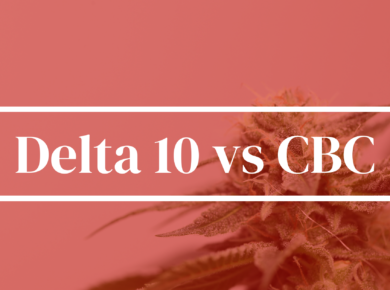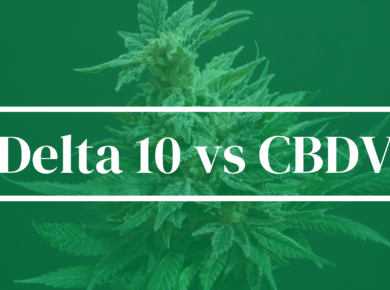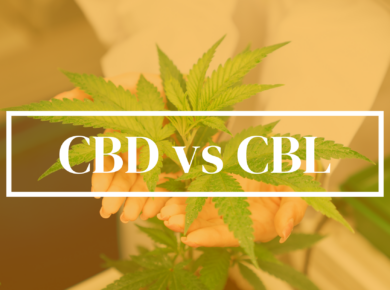THCV (Tetrahydrocannabivarin) and CBGV (Cannabigerovarin) are captivating compounds nestled within the vast array of cannabinoids found in hemp and cannabis plants. While both are part of the larger cannabinoid family, their distinctive chemical structures and ensuing effects set them apart.
THCV, closely related to the more renowned THC (Tetrahydrocannabinol), stands out due to its unique carbon side chain. Unlike THC, notorious for its psychoactive prowess, THCV tends to be more subdued, especially in smaller doses. It’s also worth noting that while THCV is present in most cannabis strains, certain African sativas are richer in this compound.
In contrast, CBGV, derived from CBG (Cannabigerol) – often christened the “mother of all cannabinoids” for its foundational role in cannabinoid synthesis – mirrors CBG’s attributes but flaunts a distinct molecular structure. This difference, attributed to the presence of a propyl side chain as opposed to a pentyl side chain in CBG, could potentially alter CBGV’s interaction with our body’s endocannabinoid system.
To put it succinctly, THCV and CBGV might hail from the same cannabinoid clan, but their structural and interactive nuances make them unique. Nevertheless, a more in-depth exploration is needed to fully grasp their potential impacts and benefits.
Many States allow hemp derived cannabinoids under the 2018 Farm Bill as long as they contain less than .3% D9 THC. Some States have explicitly banned cannabinoids like Delta 8, so check your local rules and regulation before purchasing.
Here’s the rules for Kush.com and more details
Frequently Asked Questions (FAQs) What Are THCV and CBGV? THCV and CBGV are cannabinoids hailing from the cannabis realm. While THCV is more prevalent in select cannabis strains, CBGV remains relatively obscure, originating from the parent molecule, CBGA.
How Do THCV and CBGV Differ? Their chemical structures and effects primarily distinguish THCV and CBGV. THCV’s similarity to THC, coupled with a shorter side chain, could affect its properties. Conversely, CBGV, a precursor to other cannabinoids, doesn’t manifest notable effects independently.
Are These Cannabinoids Present in All Cannabis Strains? Not necessarily. The concentration of THCV and CBGV varies across strains and cultivation methods. Some strains are specifically cultivated to enhance certain cannabinoid levels.
Can Products Combine THCV and CBGV? Absolutely. Both cannabinoids can coexist in a single product, although their combined effects will hinge on their respective concentrations and the presence of other compounds.
What Potential Benefits Do THCV and CBGV Offer? Ongoing research hints at THCV’s unique potential benefits. Similarly, CBGV’s role as a cannabinoid precursor is under scrutiny for possible applications. It’s imperative, however, to acknowledge that our understanding is still evolving, necessitating further studies.
Shop
Similar Product Searches You Might Be Interested In:






